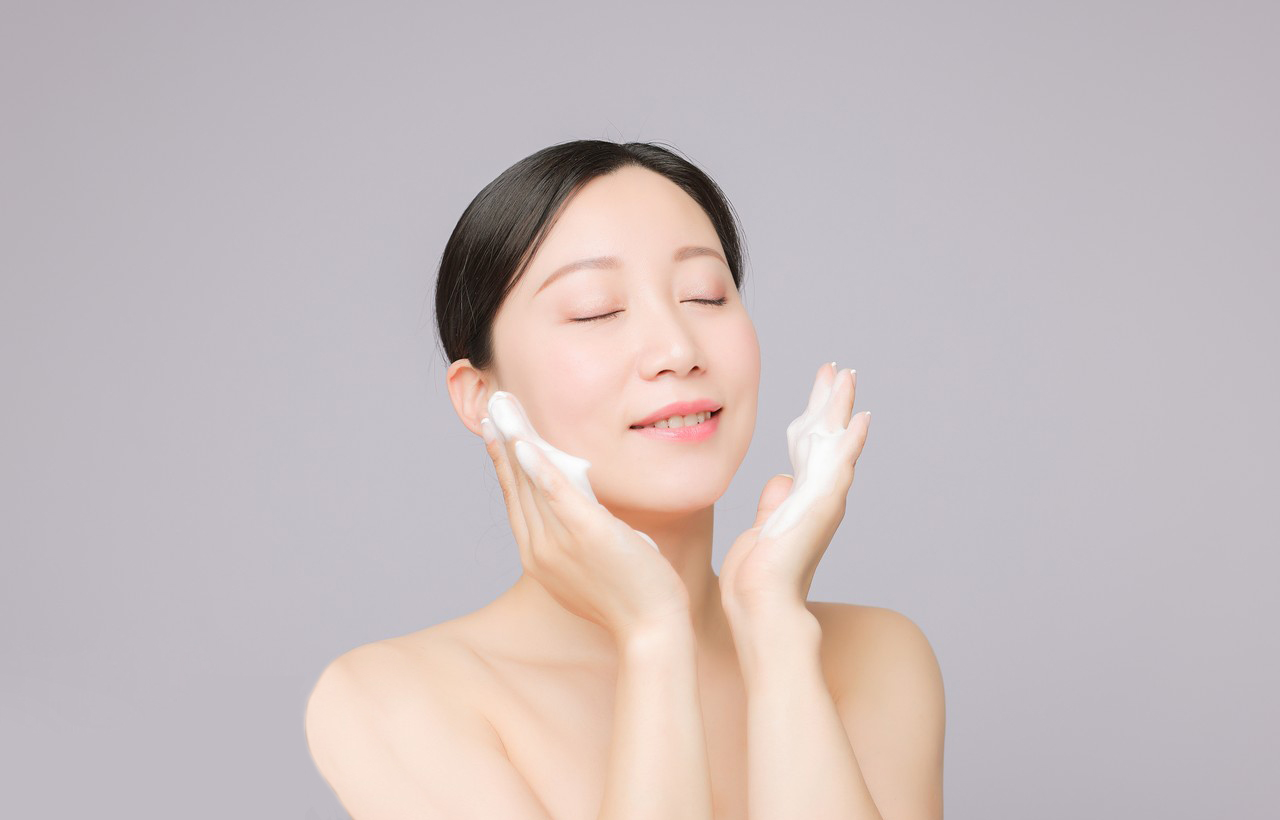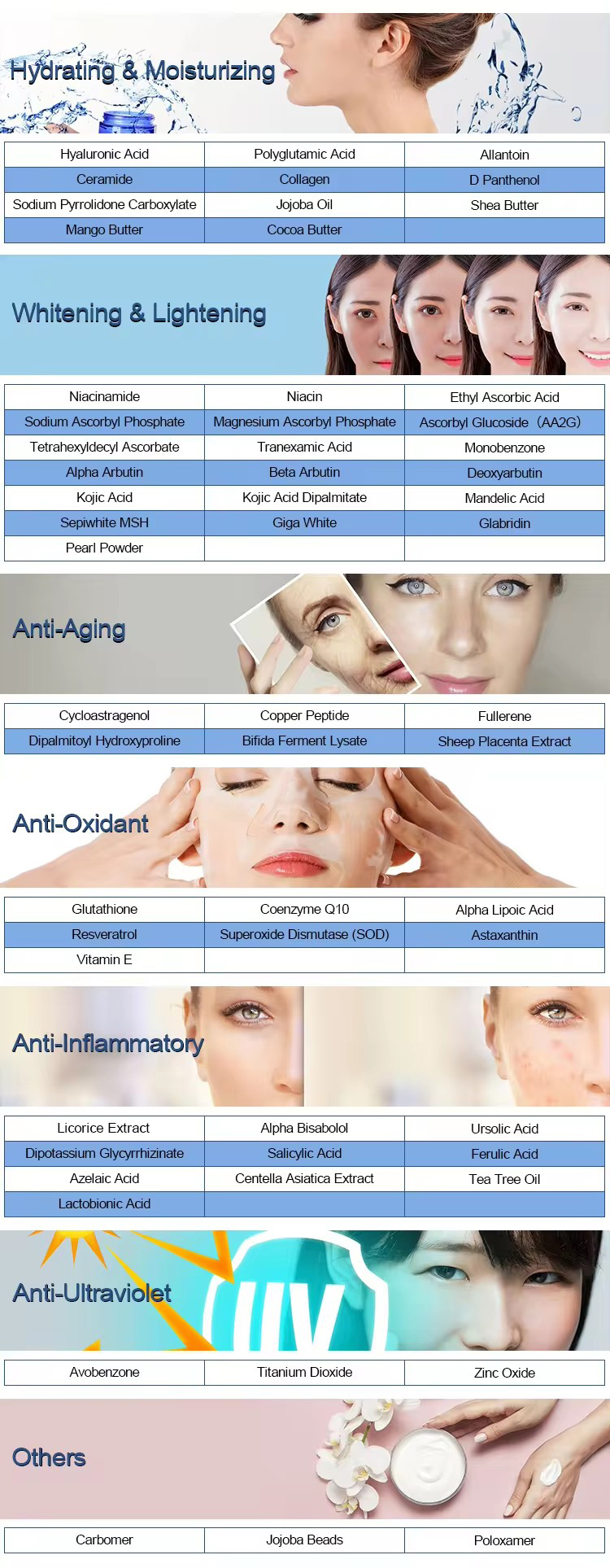Cocoyl glutamic acid is a mild surfactant commonly used in skincare and haircare products for its gentle cleansing properties. Here are some tips on how to use it effectively for best results:
Choose the Right Product: Look for skincare or haircare products that contain cocoyl glutamic acid as one of the main ingredients. These could include facial cleansers, shampoos, or body washes.
Read the Instructions: Always read the instructions provided on the product packaging. Different products may have varying concentrations of cocoyl glutamic acid and specific usage guidelines.
Wet the Area: Before applying the product, wet the area of skin or hair that you want to cleanse. This helps to activate the surfactant and create a lather.
Apply the Product: Dispense the appropriate amount of product onto your hands or a cleansing tool. Massage it gently onto the skin or hair, focusing on areas where you want to cleanse.
Rinse Thoroughly: After cleansing, rinse the area thoroughly with lukewarm water. Make sure to remove all traces of the product to avoid any residue buildup.
Follow with Moisturizer: Cocoyl glutamic acid, like many surfactants, can strip away natural oils from the skin or hair. Follow up with a moisturizer to replenish hydration and maintain skin or hair health.

Use as Directed: Use cocoyl glutamic acid-containing products as directed and avoid overuse, as excessive cleansing can lead to dryness or irritation.
Patch Test: If you have sensitive skin or are trying a new product, perform a patch test on a small area of skin before applying it to a larger area. This can help to identify any potential allergic reactions or sensitivity.
Consult a Professional: If you have any concerns about using cocoyl glutamic acid or if you experience any adverse reactions, consult a dermatologist or healthcare professional for personalized advice.
By following these tips, you can effectively incorporate cocoyl glutamic acid into your skincare or haircare routine for best results.
The adverse effects of Cocoyl Glutamic Acid
Cocoyl Glutamic Acid is a surfactant commonly used in personal care products such as shampoos, cleansers, and body washes. While it is generally considered safe for use in cosmetics, some individuals may experience adverse reactions to it, particularly those with sensitive skin. Here are some potential adverse effects:
Skin Irritation: Cocoyl Glutamic Acid may cause skin irritation in some individuals, especially those with sensitive skin or pre-existing skin conditions like eczema or dermatitis. Symptoms of skin irritation may include redness, itching, burning sensation, or rash.
Eye Irritation: If not properly formulated or if it comes into direct contact with the eyes, Cocoyl Glutamic Acid can cause irritation, redness, tearing, or discomfort.

Dryness: Like many surfactants, Cocoyl Glutamic Acid can strip the skin of its natural oils, leading to dryness, especially in people with already dry or dehydrated skin.
Allergic Reactions: While rare, some individuals may be allergic to Cocoyl Glutamic Acid, leading to more severe skin reactions such as contact dermatitis. Allergic reactions can manifest as red, itchy, swollen, or blistered skin.
Sensitivity to Sunlight: Some studies suggest that certain surfactants, including Cocoyl Glutamic Acid, may increase the skin’s sensitivity to sunlight, potentially leading to sunburn or other sun-related skin damage if not adequately protected.
It’s essential to perform a patch test before using products containing Cocoyl Glutamic Acid, especially if you have sensitive skin or a history of allergies. If you experience any adverse reactions, discontinue use immediately and consult a dermatologist. Additionally, always follow the usage instructions provided on the product packaging to minimize the risk of adverse effects.
